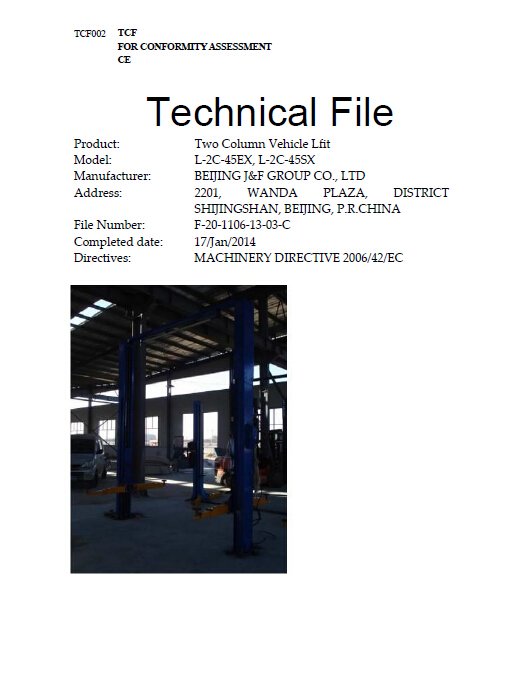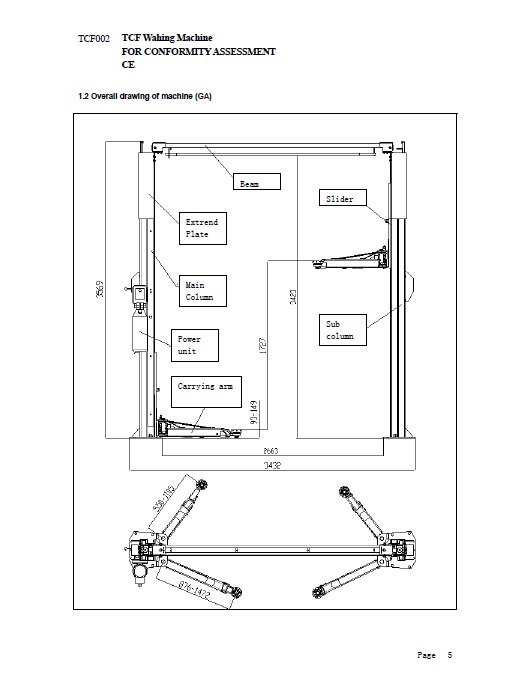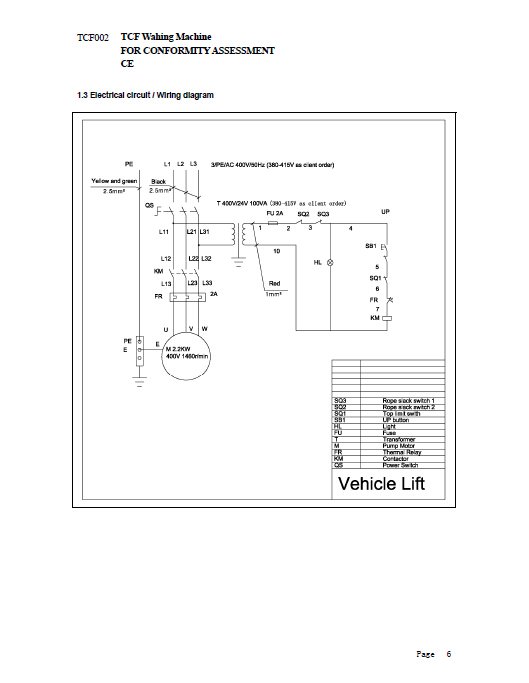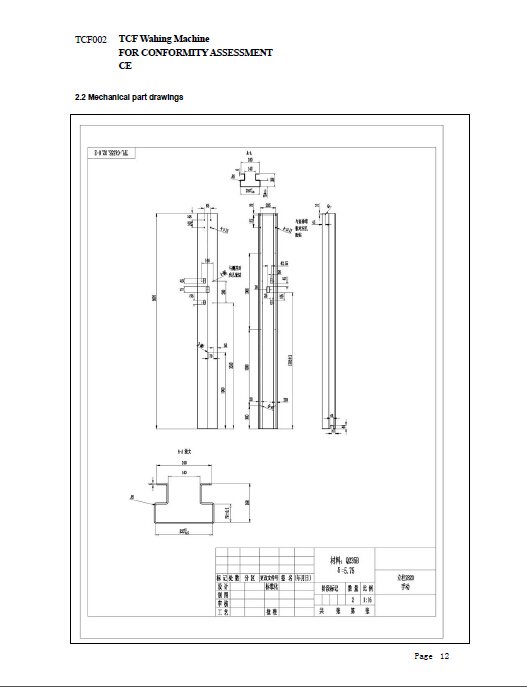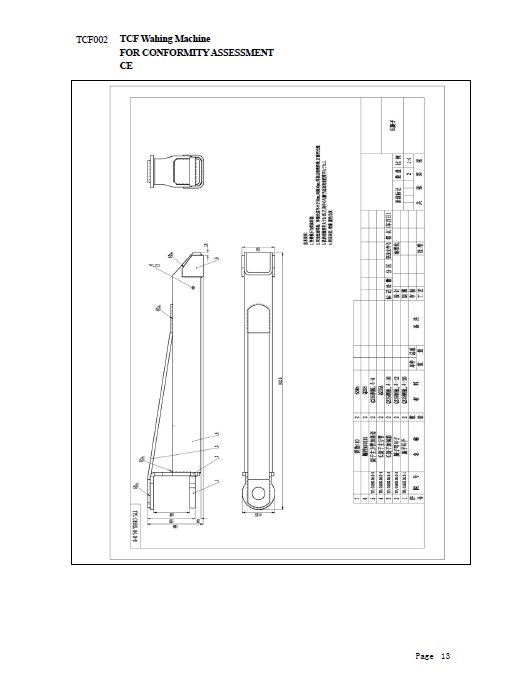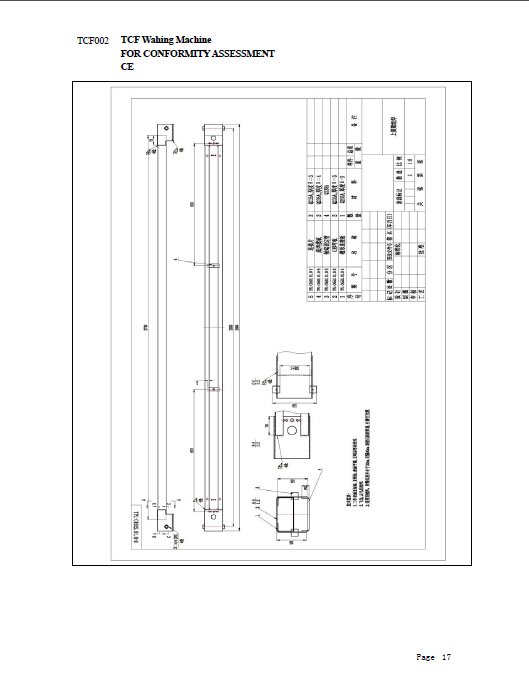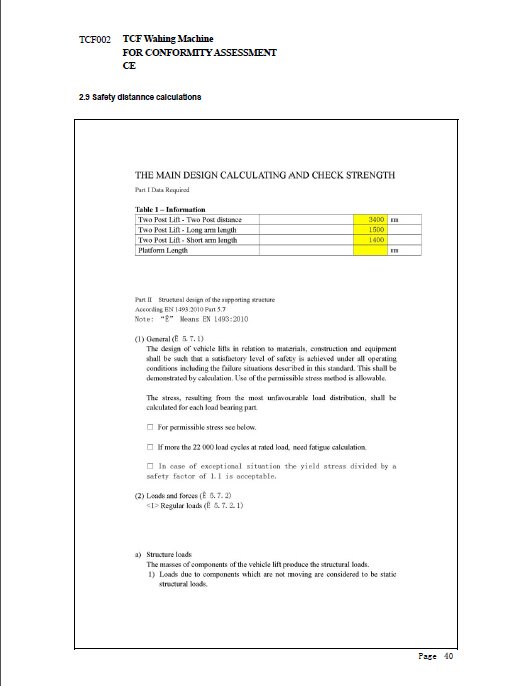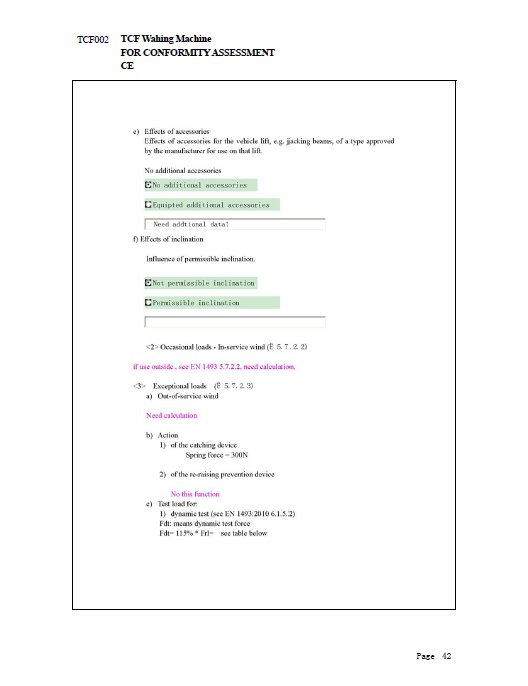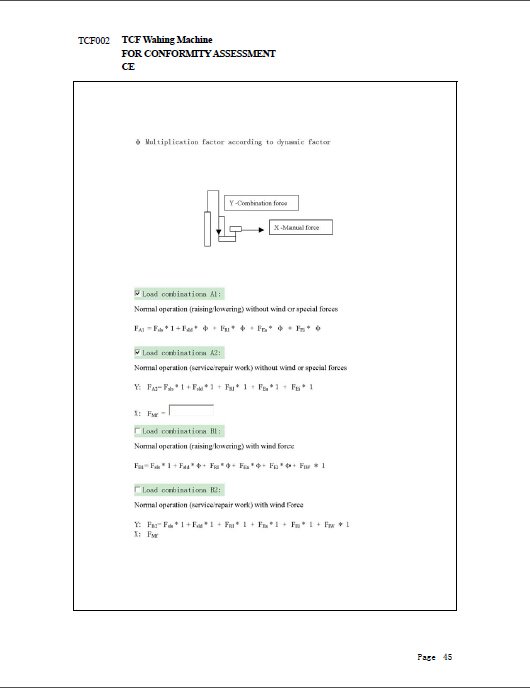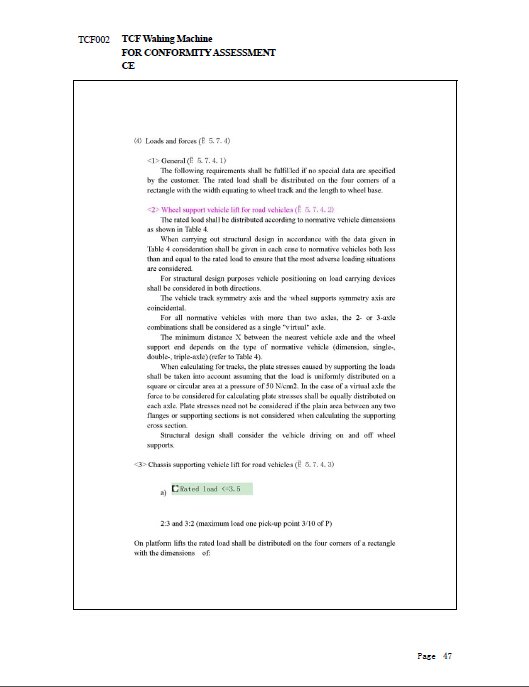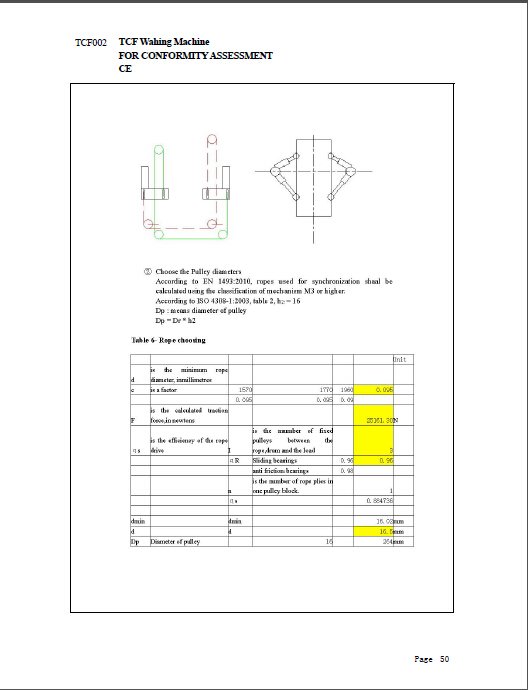
Test Report
J&F's goal is to take all the mystery out of lift-buying and present you with simple, transparent facts. So we're giving you this exclusive, behind-the-scenes look at what an actual structural engineering report looks like. For your education, we're making available as much of the document as we can without revealing industry secrets.
There's a lot of information in there, but here's what you should take away from a quick review: all the tests in this rigorous report are completely necessary. DO NOT accept anything less than a lift provider that has years of extensive experience in structural engineering and structural component analysis. They MUST be able to provide the following for all of their machinery:
- Structural engineering calculations and an analysis of the entire design per AISC (American Institute of Steel Construction), as well as a full report on the carrying capacities of all load-bearing structural components.
- Finite element analysis of all load-bearing structural components.
- Structural stability analyses (e.g. nonlinear buckling analysis) to make sure that the lift structure and all mechanical components will not buckle, even under absolute worst-case loading conditions.
After over 18 years in this business, we've seen the devastation that inferior quality parts, inflated material specs and lax safety standards can lead to. Believe us, it isn't worth the risk. Maybe you'll save money, but by definition the best case scenario for "the bare minimum" is just "barely" getting the job done without complete disaster.
